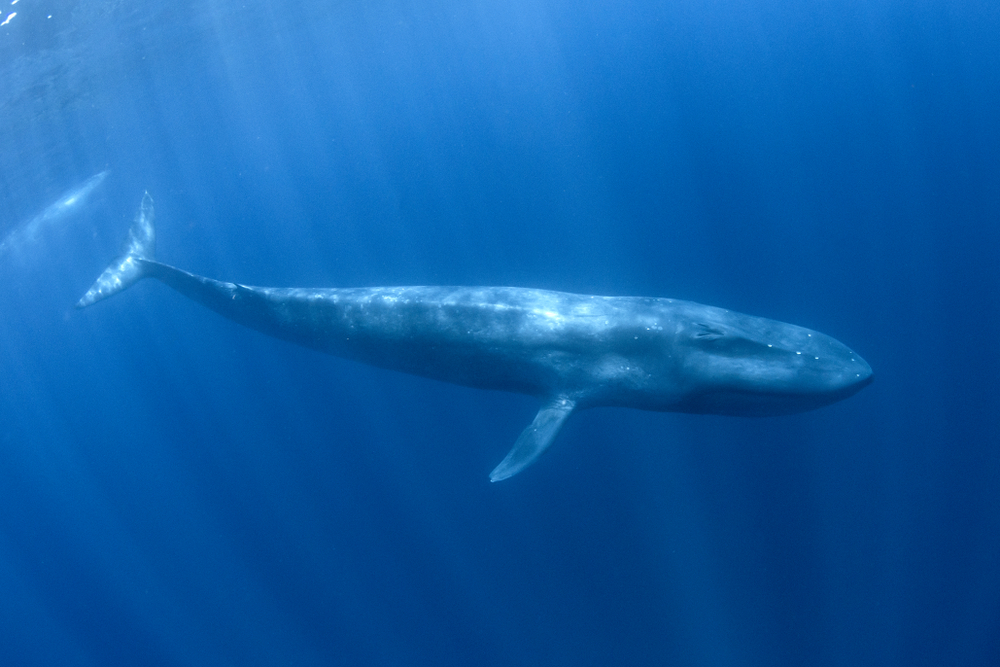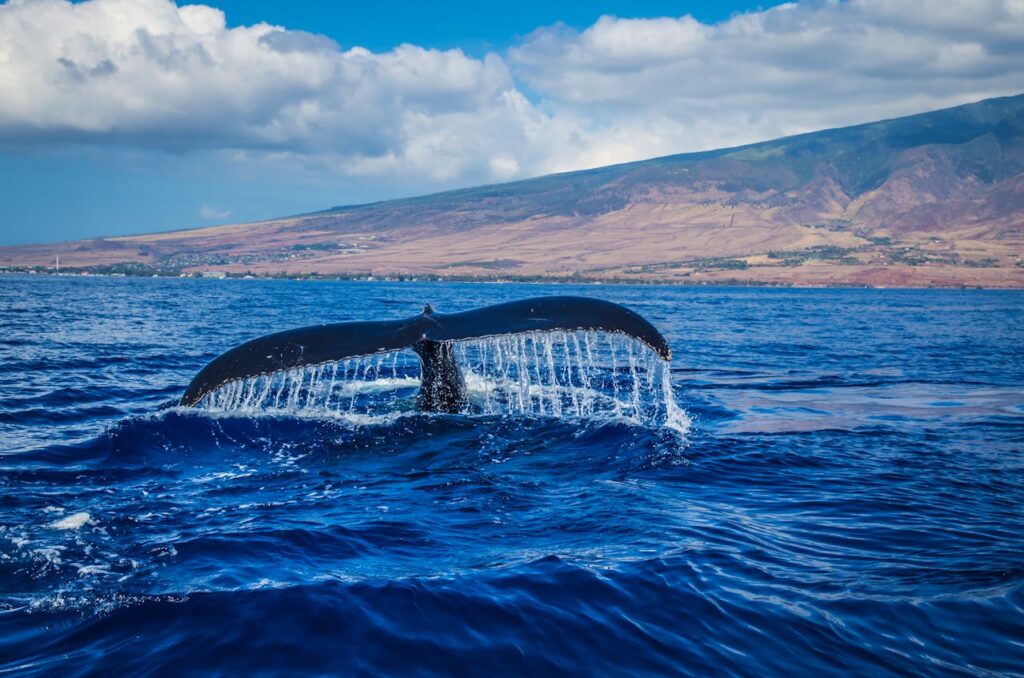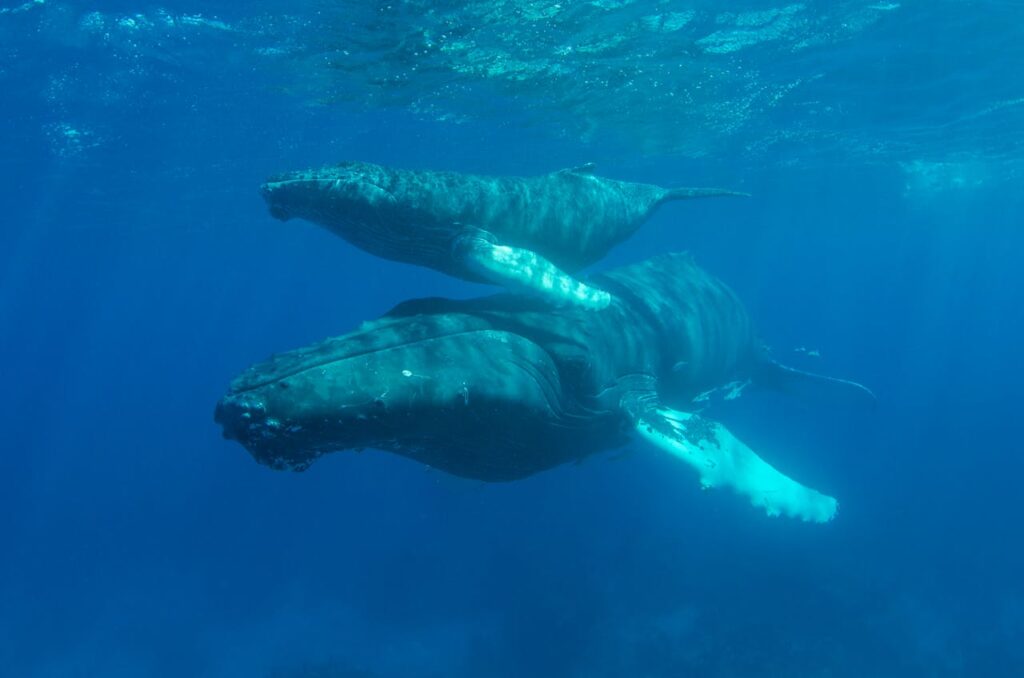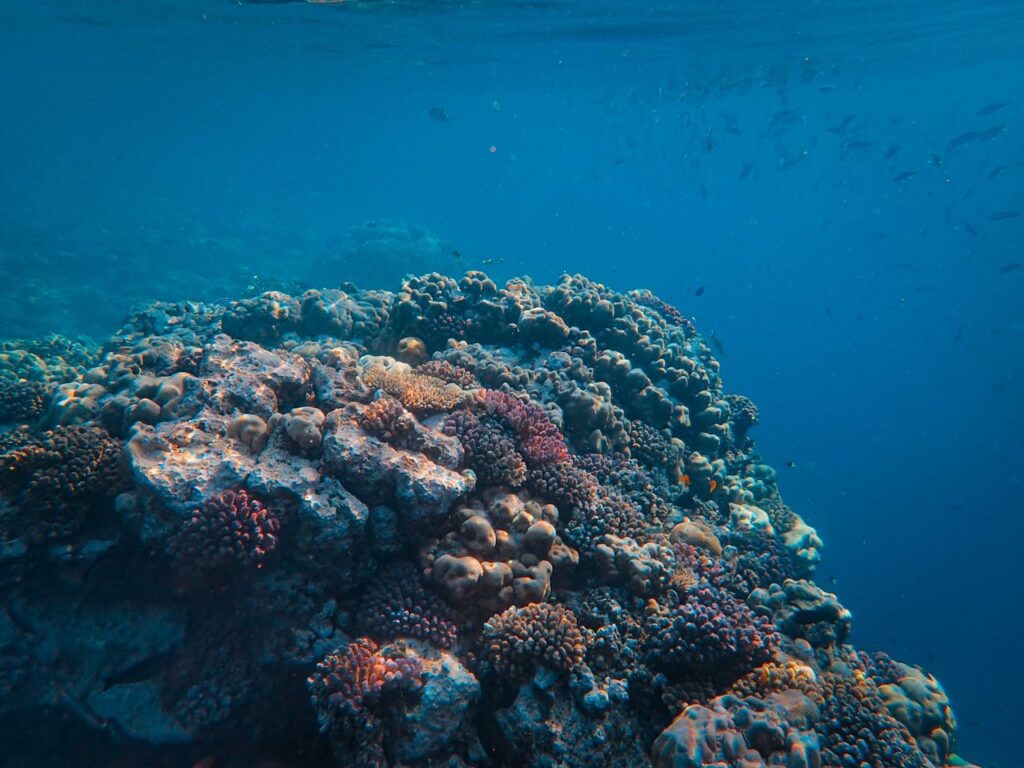The Vanishing Voices of the Deep: Why Blue Whales Are Falling Silent

Once, the deep seas resonated with the low, rhythmic calls of blue whales, sounds that could travel for hundreds of miles through the water. These calls were more than communication; they were a heartbeat for the ocean, a living signal that life thrived in the depths. Today, however, scientists are recording a sobering change. The volume, frequency, and occurrence of blue whale songs have fallen dramatically, dropping by nearly 40 percent according to recent studies. The great singers of the sea are going quiet, and their silence speaks volumes about the state of our planet.
For decades, marine biologists have studied these songs to understand social structure, breeding, and migration among whales. Their voices once defined the character of the ocean’s acoustic landscape. Now, listening devices pick up long stretches of near silence where once an entire symphony played. To many researchers, this disappearance is not random; it is an alarm.
The quiet oceans are not just a scientific curiosity; they are a reflection of imbalance. The fading calls of blue whales mark a growing disconnect between the health of marine ecosystems and the pressures of a rapidly changing climate.

When the Ocean Heats, the Music Fades
The connection between whale song decline and ocean temperature has become increasingly evident. During marine heat events, like the one known as The Blob, ecosystems collapse in silence. Krill populations, the whales’ main food source, plummet, and so too does the energy whales can afford to spend on singing. Researchers at Earth.org have noted that when food is scarce, whales prioritize survival over song, conserving energy to search for sustenance.
Marine heatwaves do not just affect the surface; they disrupt nutrient cycles, alter migration patterns, and change the very acoustics of the water. A hotter ocean absorbs sound differently, bending and muffling low frequencies that once carried effortlessly through the deep. The result is a quieter, emptier underwater world.
This new acoustic reality is both physical and emotional for the whales. As their world warms, their instinctive calls for connection are literally being lost in the noise and heat of a changing sea. It is as though the ocean itself is swallowing its voice.
The Human Noise Invasion
While rising temperatures are a major factor, human activity amplifies the silence. The ocean is no longer the peaceful expanse it once was. The steady hum of global shipping, oil drilling, and underwater construction has created an almost constant roar beneath the surface. These noises interfere directly with the frequencies blue whales use to communicate.
When confronted with heavy traffic and mechanical sounds, whales change their behavior. Many stop singing entirely, while others shift to deeper tones in an attempt to avoid the noise. The irony is heartbreaking: the world’s largest animal must whisper to be heard in its own home. Scientists describe this as acoustic habitat loss, a form of pollution as devastating as oil spills or plastic waste.
Some experts suggest that the problem can be mitigated through regulation. Slower ship speeds, redesigned propellers, and seasonal rerouting could dramatically reduce underwater noise. In regions where these measures have been tested, whale song activity has quickly rebounded, proving that silence can be reversed if we give the ocean room to breathe.

The Science of Silence: What the Whales Are Telling Us
Blue whale songs are not merely sounds; they are biological data encoded in melody. The pitch, frequency, and duration of their songs communicate health, presence, and social readiness. When those songs fade, it may indicate widespread stress across the population. Marine biologists now view whale silence as a vital ecological indicator, a sign that the seas are under duress.
A decline in song frequency has been observed globally, from the Pacific to the Indian Ocean. This suggests a planetary scale shift, not a regional anomaly. Changes in whale communication patterns mirror shifts in food supply, pollution, and temperature. They are, in essence, the ocean’s early warning system, calling our attention to unseen changes long before they reach the shore.
This research reframes whale song as not just a marvel of nature, but as a diagnostic tool, a living measure of oceanic health. The silence of whales may be humanity’s most haunting climate signal yet.
The Chain Reaction Beneath the Waves
The quieting of blue whales does not exist in isolation. Their role in marine ecosystems extends beyond song. As they feed, travel, and excrete nutrients, whales fertilize the ocean’s surface, promoting plankton growth that captures carbon and supports countless other species. A decline in whale activity disrupts this balance, affecting everything from fish populations to global carbon cycles.
When whales stop singing and breeding declines, their numbers fall. Fewer whales mean fewer nutrients in the ocean, fewer plankton blooms, and a weakened marine food web. Every note lost in the deep carries consequences that ripple outward, scientifically, environmentally, and symbolically.
Their absence can also alter predator-prey relationships and nutrient flow, changing migration patterns of other marine creatures that rely on similar food sources. This cascading effect reaches the smallest plankton to the largest predators, showing how intertwined every layer of ocean life truly is.
To lose their songs is to lose the rhythm of life in the ocean, a sound that has echoed through evolutionary history for millions of years.

Restoring the Ocean’s Symphony
There is still hope. Scientists and conservationists around the world are fighting to protect what remains of the whales’ acoustic habitats. Marine protected zones, stricter international noise regulations, and advances in ship technology are showing real promise. In areas where human activity has decreased, researchers have already documented a rise in whale song intensity. In some cases, these areas have also witnessed renewed migration routes and a return of other marine life, suggesting that protecting the whales’ environment restores more than just their songs.
Individual action matters too. Choosing sustainable seafood, supporting ocean advocacy groups, and reducing personal carbon footprints all contribute to the solution. Each conscious choice helps ease the strain on the marine environment. Public awareness campaigns and citizen science projects have also played an important role in tracking whale movements and sound patterns, showing how collective effort can bring measurable change.
Ultimately, restoring the ocean’s music will require both technological innovation and emotional awareness. We must learn to listen, not just with our ears, but with understanding. It is only when humans learn to value the unseen symphony beneath the waves that the true harmony of the planet can return.

A Final Call to Listen
The story of the blue whale’s fading song is more than a tale of science; it is a call to humility. The ocean has always spoken to us through rhythm and resonance, and now it speaks through silence. Each missing note is a reminder that nature’s voice grows quieter when we fail to listen.
If the sea’s greatest singer can be silenced by our noise and neglect, what else might we lose before we pay attention? The answer lies in how we respond now. By protecting the conditions that allow whales to sing, we also protect the heartbeat of the planet itself.
One day, if we act with urgency and respect, we may once again hear the deep, steady call of the blue whale carrying across the ocean. It will not just be a song; it will be a sign that life, balance, and hope have returned to the deep.
Feature Image Credit: Courtesy of Rich Carey | Shutterstock
Loading...

